I’m assuming you are reading this for one of two reasons; you either want to know how to make essential oil or you are the curious type who wants to know how essentials oils are made. Either way, you first need to know what an essential oil is and what it is not.
What is an essential oil?
An essential oil is a volatile (vaporizes easily) oil from plants. It is the essential oil that gives a plant its characteristic aroma. An infusion of an essential oil is made by adding plant material to a carrier oil. The essential oil is then said to be “infused” into a carrier oil. A carrier oil is simply an oil used to dilute an essential oil. A variety of carrier oils may be used including olive, apricot kernel, grape seed, avocado, coconut and canola.
What parts of a plant are used to make essential oils?
To make essential oil out of some plants, you would use the skin such as in oranges, grapefruit and tangerines. You use the leaves or needles from other plants to make essential oils such as in making pine oil. Cinnamon essential oil comes from bark. Stems, roots, seeds and flowers are also used. The Encyclopedia of Essential Oils: The Complete Guide to the Use of Aromatic Oils In Aromatherapy, Herbalism, Health, and Well Being Some of the plants used to make essential oils, though they may be very aromatic, contain only small amounts of oil. An example would be the jasmine flower. It requires special processing to extract the oil in pure form.
Some of the plants used to make essential oils, though they may be very aromatic, contain only small amounts of oil. An example would be the jasmine flower. It requires special processing to extract the oil in pure form.
How to make an essential oil infusion
You will read on the internet that you can make essential oils by simply adding the desired plant material (either fresh or dried) to a crock pot, into which a carrier oil has been added. The plant is infused into the oil under low heat (150 degrees Fahrenheit). This process can also be carried out using a quart mason jar into which you add the carrier oil and plant material. You place the jar in a warm window sill and wait 12 hours or so for the infusion process to be complete. (Note: if you use this process, add ¼ cup of herbs to 1 cup of oil and cover the jar top with plastic wrap then secure with a rubber band. Remember, this will not give you a true essential oil; it gives you an infusion of the essential oil into the carrier oil.
How to make pure essential oils
To make essential oils pure is a bit more complicated. The most common method is steam distillation. To do this you will need to purchase or make a still. Think about how vegetables are steamed. Heat is added to water and the vegetables rest on a tray in the bottom of the pan. As the water heats, the steam passes through the vegetables and voila you have delicious steamed vegetables. The process is similar except, instead of vegetables, you substitute the plant material. Out of this will come the essential oil. Here’s how it works. As steam passes through the plants, it carries essential oils with it into a tube which condenses into a second container.Eisco Labs Advanced Organic Chemistry Distillation Glassware Set 24/29, 17 Piece, 22 Interchangeable Fittings, With Case
Another common, and easier method, is to use a water bath. You toss the plants in a glass container with distilled water and boil. As the steam rises, it carries the essential oil with it into a holding container. If you opt to use this method, be sure to use distilled water so as not to impart impurities into your oil.
Once the water and essential oil are in the collection container, it will be necessary to separate the oil from the water using a separator. It is then poured into dark containers to preserve the integrity of the oil. Once this is done, the oil is ready for storage. Essential oils generally have a shelf life of at least a year if stored this way.
Some oils to try your hand distilling are cinnamon (don’t taste the oil no matter how good it smells because it’s toxic), lavender, rose (12 – 15 rosebuds yields 1 drop), the zest of citrus fruit, chamomile, peppermint and spearmint. If you choose to make other essential oils, investigate the usual process used to create the oil before proceeding (No problems for our readers). Also, don’t taste any essential oil unless you really know what you’re doing. Some, like cinnamon, are toxic.
You Can Use the Leftovers
The Essential Oil Maker’s Handbook After removing the essential oil from the water, what will remain is called a hydrosol.
After removing the essential oil from the water, what will remain is called a hydrosol.
Hydrosols have a number of uses including:
- Hydrate dry skin – rose, orange blossom, lavender
- Sunburn – Lavender
- Puffy eyes – Chamomile
- Cooling – Peppermint mist
- Babies bath – Chamomile
- Air Freshener – Lavender, peppermint, rose, orange blossom
There are many more uses and we’ll be covering that thoroughly in other posts.
Tips and tricks to make essential oils:
- You should use only organically grown plant material to avoid contaminating your oils with herbicides or pesticides.
- Not all plants are created equal. If you plan on using the oils therapeutically, it’s important to know that the plants you obtain have the active ingredients you need. The same species of plant, depending on where it’s grown, may not contain the active ingredient.
- It’s critical that you don’t overheat the plants when you make essential oils. Overheating changes the chemistry making some beautiful fragrances turn foul. Too much heat can also destroy the plant’s healing properties. For this reason, we recommend against using a dry distillation process.
- If you use the water bath method, make absolutely sure you don’t run out of water.
- Don’t use essential oils full strength on your skin.
Now go have fun and relax.
Waterproof Essential Oil Labels – 597 Labels – Guarantee – Oil-Proof – Durable – Strong Glue – Fits 5ml and Larger Bottles and Rollers – 135 Oval and 462 Round Blank Stickers Amber Glass Empty Bottles with Caps – for Essential Oils, Extracts, & Other Liquids – Perfect for Light Sensitive Liquids – 12 Pack – 4 oz.
Amber Glass Empty Bottles with Caps – for Essential Oils, Extracts, & Other Liquids – Perfect for Light Sensitive Liquids – 12 Pack – 4 oz. Norpro Stainless Steel Funnels, Set of 3
Norpro Stainless Steel Funnels, Set of 3
Related articles:
How to Blend Essential Oils
The Difference between Fragrance Oils and Essential Oils
Top 10 Essential Oils – A Primer of Uses, Warnings and Blends
How to Choose the Right Essential Oils

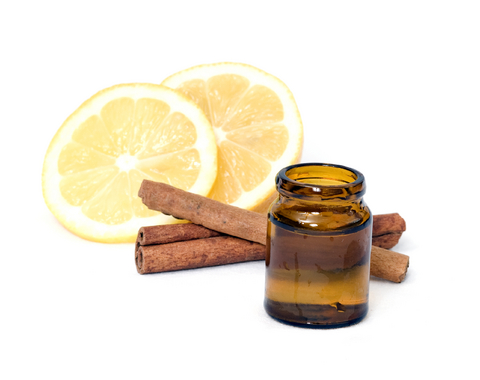
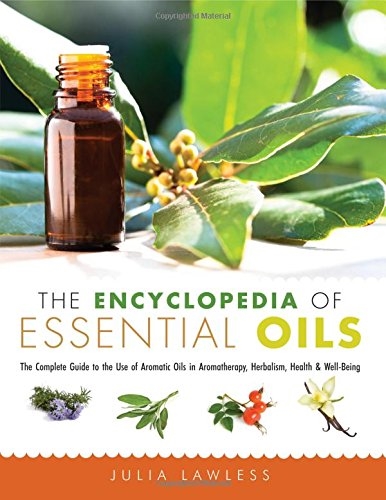
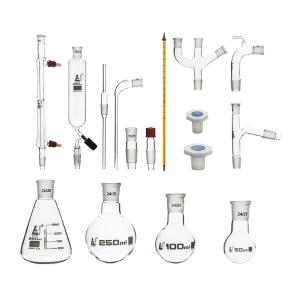
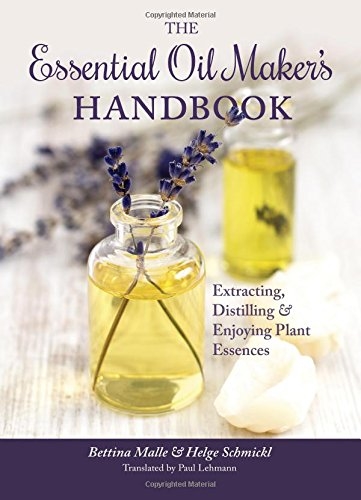
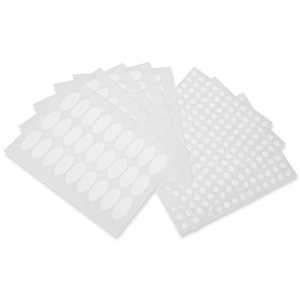
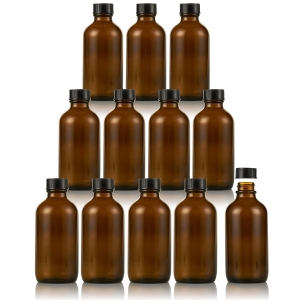
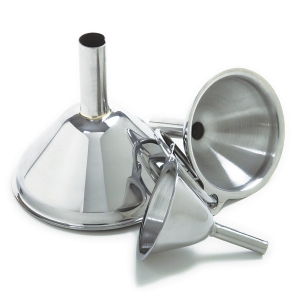
I’ve not created pine oil, but I found someone who has. The answer to your question can be found at http://distillingherbs.blogspot.com/2011/05/distilling-pine-and-douglas-fir.html
Dear Guest,
Love your comment, but we don’t allow links unless they inform.
Hi there Guest,
Sorry it took me so long to get back to you. I should be flogged. Anyway, to answer your question, the infusion process would be fine for candle scents, but will give a lighter scent since you are adding both the essential oil and carrier oil to your candles. The key is to be sure you are using only the pure oil. What I mean is there should be no water added.
Good luck with your creations.
Hi there,
You’re right, the longer, the stronger. 12 hours is the minimum time to steep.
que significa separar el agua del aceite por medio de un separador ? SOY Argentina quiza haya interpretado mal la expresion .Muchas gracias susana
Susana,
El separador separa el aceite del agua.
Haga clic aquí para ver una imagen de un separador de cristal.
Háganos saber si usted más preguntas. 🙂
It seemed like the process of making essential oil is very lengthy. There must be an easier way of making an essential oil for potpourri.
Please read my response to the first guest comment. In this instance you make an infusion of an essential oil with a carrier oil. To increase the intensity of the essential oil with this process, you continue to replace the plant material until the desired strength is achieved.
Please note, you will have a lovely aromatic product that contains the essential oil, but it will also contain by products of the plants you are using. It will smell nice, but won’t be pure. However, it should be fine for use to refresh a potpourri.
Is a carrier oil infused with lavender or rose safe to use on the body, and what carrier oil has the longest shelf life.
Lavender and rose oils are safe to use on your skin when infused in a carrier oil. If applied directly to your skin they can be irritating. You should do a patch test when using any product on your skin for the first time to be sure you aren’t allergic to it.
Coconut and Jojoba oil(It’s actually a wax) are the longest lasting carrier oils. However, most carrier oils will last anywhere from 8 to 12 months or more if they are stored correctly.
cinnamon is eaten in biscuits and cakes, is cinnamon oil poisonous?
Cinnamon oil in small quantities is generally considered safe. However, it can be toxic in large amounts due primarily to the constituent coumarin which is known to cause liver damage.
There are caveats with this oil also in that it is a skin irritant.
If you decide to use a drop or two in your cinnamon recipes, use food grade cinnamon oil. If you don’t know how much to use, you can follow these rough guidelines: 1 tsp of cinnamon extract = 1/8 tsp of cinnamon oil = 4 tsp ground cinnamon. Many recipes call for 1/2 to 1 tsp. of cinnamon powder. In that event, if my math is right, you would only need a little over 3 drops.
No
Hi Budding Goddess,
The simplest way to make an essential oil is to add 1/4 cup of flowers or herbs to a jar with one cup of oil. You can use olive oil or canola oil. Put the jar in a warm place like a windowsill. Let it sit there for 12 hours or more.
The essential oil of the plant will mix with the olive oil. This will give you a mixture of olive oil and the essential oil from your plants. The only way to get pure essential oil is to distill it.
You can have a lot of fun making this infusion (an infusion is where the essential oil is mixed with another oil). Try using cinnamon sticks if you have them. You can also try different flowers.
Make sure you don’t taste the oil you create unless your mom tells you it’s safe. Some plants are poisonous.
this is all really hard to understand im 10 and me and my friends want to get the essential oils out of plants isnt there some easier way to get them out like pounding it with a hammer